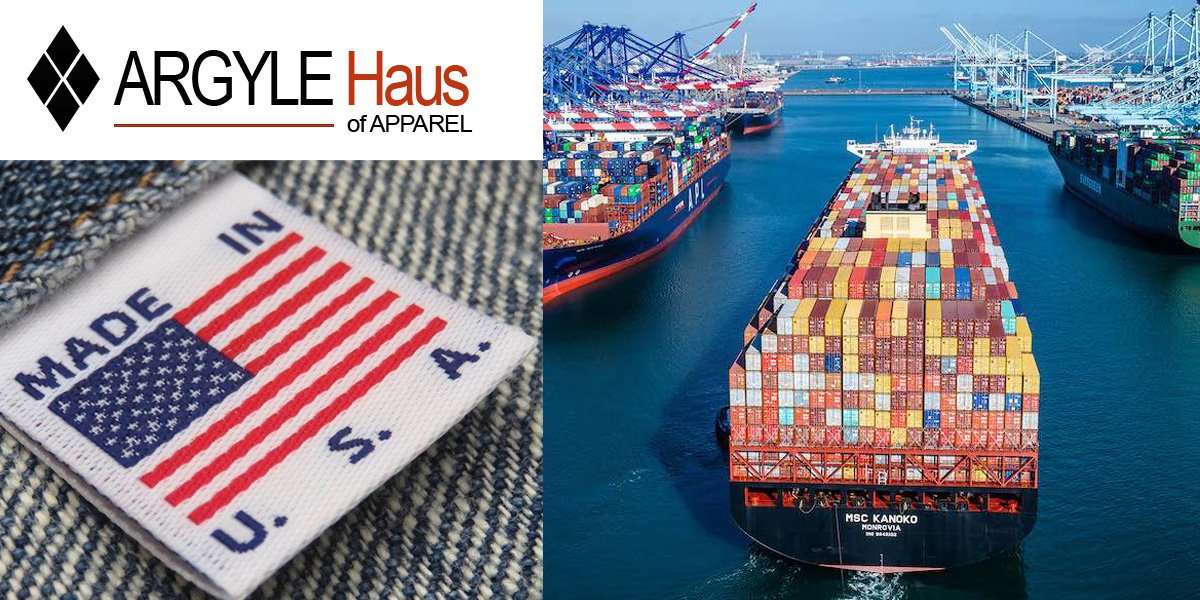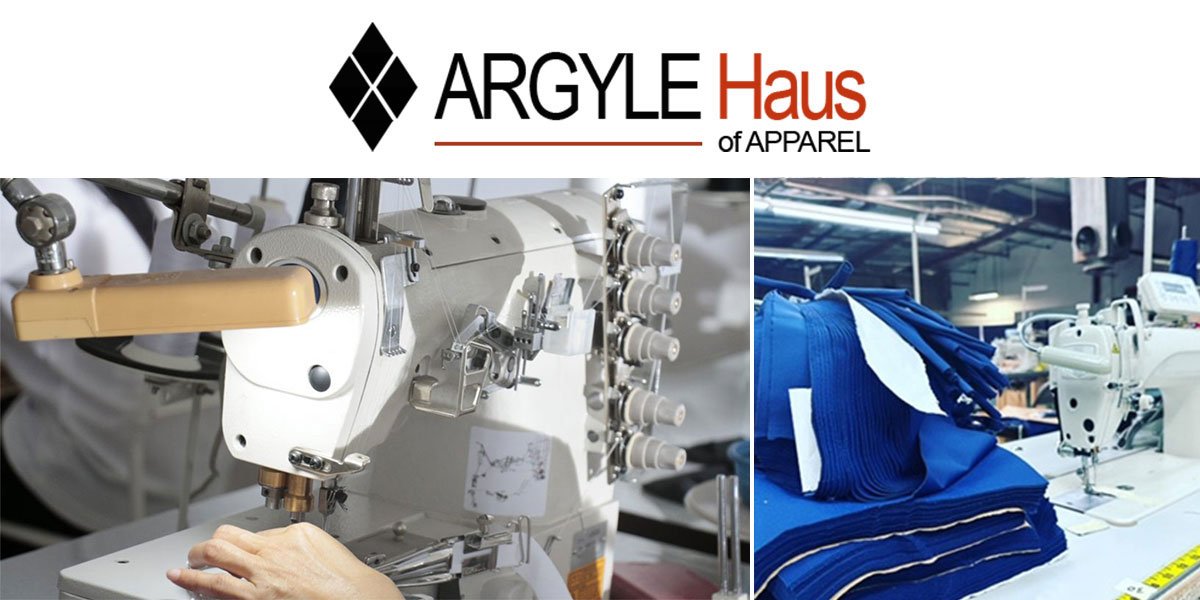American over-reliance on Chinese apparel manufacturing is not a new phenomenon. However, the current world crisis caused by the COVID-19 pandemic has laid bare the problems of this situation more urgently. Even before businesses shut down in the U.S., factory closures in China delayed orders, and it is unlikely that overseas production will spring back to previous levels. Apparel manufacturing in particular is likely to be hard hit.
Issues with overseas suppliers
In this moment of renewed awareness, it is worth thinking about why manufacturing headed overseas in the first place, and why it’s past time to think about bringing at least some of it home. The bottom line is that cheaper prices lured American businesses overseas, and until now the problems associated with retailers being halfway around the world from their suppliers were felt individually rather than collectively.
Low apparel prices from China have always been a product of the country’s lax environmental and human rights policies. When a company doesn’t have to pay workers fair wages, source its materials sustainably, or mitigate the environmental impact of its operations, it is easy to offer an artificially low price. U.S. manufacturers, held to higher standards, naturally have higher expenses. But that doesn’t fully account for the higher costs of manufacturing stateside.
US apparel manufacturing market
U.S. apparel manufacturing currently accounts for only a tiny part of the overall global apparel market, operating more on a “boutique” model, creating smaller runs of higher quality (and more highly priced) goods. Producing small quantities means that these companies can’t take advantage of economies of scale that bring per-item costs down. After all, the work to design and set up production for an article of clothing is the same if you’re producing 500 or 5,000—but the per-item cost is vastly different.
If only a few companies decide to re-shore their manufacturing, that situation won’t change. However, if as few as 25 percent of American apparel companies brought their production back to the states, we would see the relative price of goods decrease.
Would these things ever be as cheap as what you could get from China? No, but would we want them to be? Keeping apparel manufacturing in the U.S. gives companies greater control over quality, faster responsiveness to consumer demand, and verifiable, legally enforced assurance that manufacturing practices align with their values. Consumers who are reexamining their own shopping patterns right now may never be more open to the notion that paying a little more for quality that lasts is a good investment of their hard-earned money.
Fast fashion has always had hidden costs. The upheaval in global demand and production associated with COVID-19 will force change—the question is, will we return to old patterns and old problems, or embrace new priorities?






